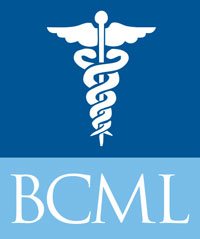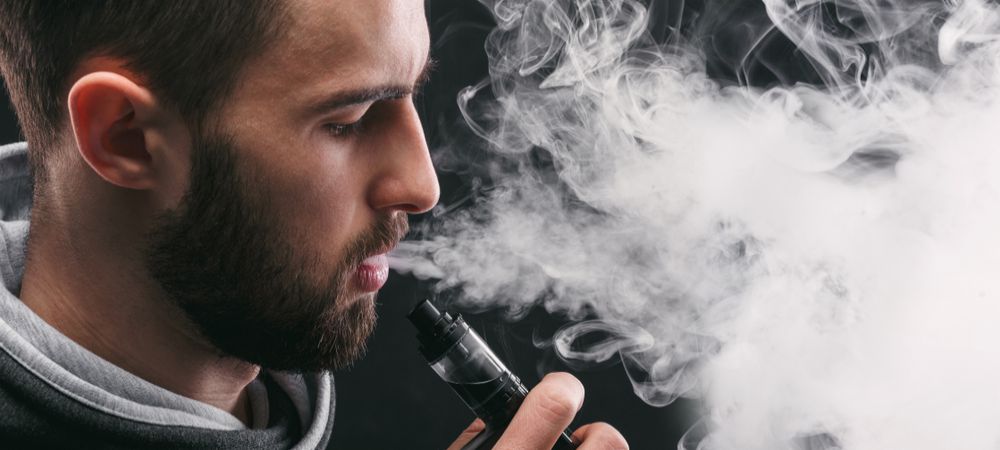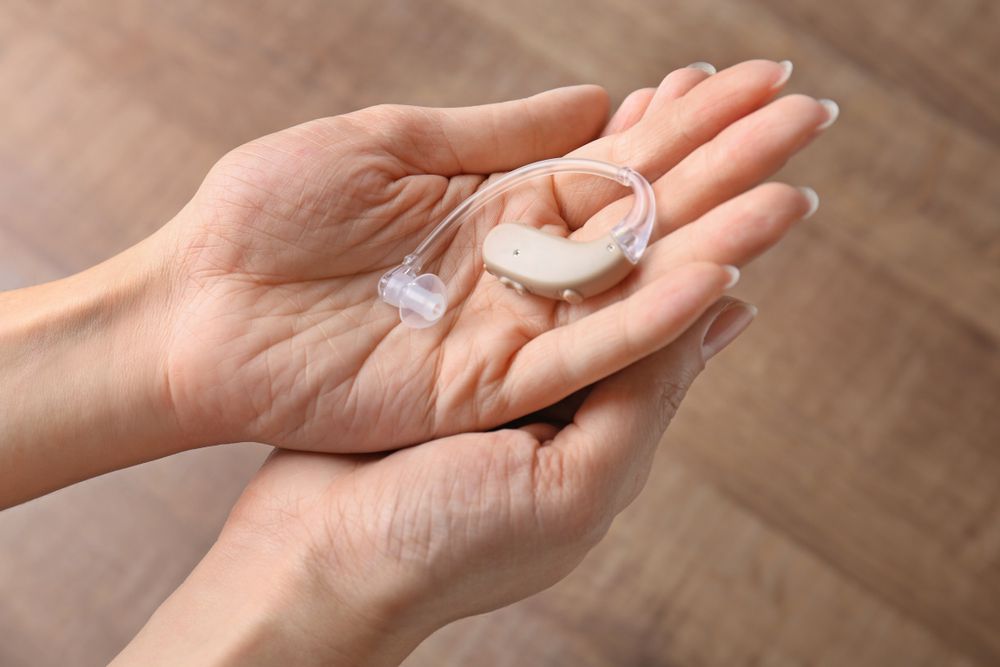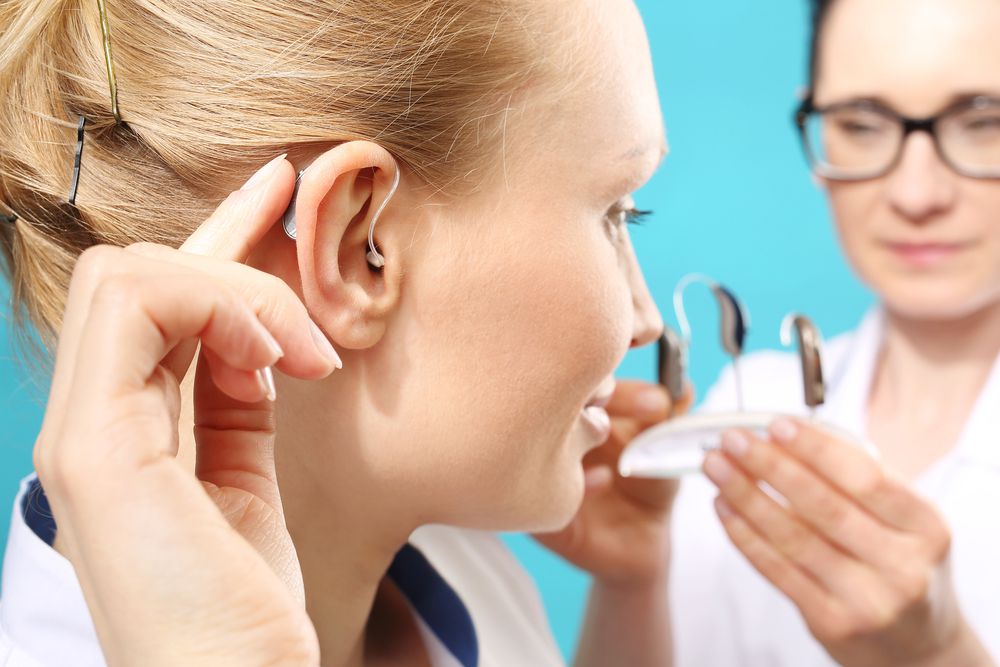Are you vaping instead of smoking because you think it’s healthier? If so, you are not alone. For years, vaping has gained popularity largely due to the assumption that it is safer than smoking.
However, some studies indicate it can affect your health in many of the same ways as smoking. It can be particularly dangerous for teens and young adults whose brains may be affected more readily since they are still developing.
Here we will look at the dangers of vaping for your health and what you can do to seek help for vaping cessation.
Effects on the Lungs and the EVALI Disease
Many believe that vaping is safer than smoking because there is no smoke to inhale. However, a vaping device creates an aerosolized spray that you also take into your lungs. With vaping liquid containing nicotine along with a multitude of other chemicals, it is easy to see why this can be problematic for your lungs.
Since vaping is still a relatively new practice, it has only been within the past few years that medical experts have identified E-cigarette or Vaping Product Use-associated Lung Injury (EVALI). With EVALI you can experience a range of symptoms that mimic other illnesses like pneumonia which can make it difficult to diagnose. This can include coughing up blood, abdominal pain, dry cough, vomiting, chest pain, shortness of breath, and more.
While steroid treatments are effective and most patients make a full recovery, some patients will need oxygen to supplement their laboured breathing. Moreover, those who continue to vape are more likely to relapse.
Could Vaping Make it Hard to Focus?
Nicotine in vaping liquid may have long-term or even permanent effects on the brain including issues with focusing, depression, mood disorders, and more. Teens and young adults are particularly vulnerable to these side effects as their brains are still developing.
These issues are largely due to the addiction that nicotine creates in the brain. When your brain is addicted to a substance, it will affect receptors in your brain responsible for producing dopamine, a chemical that is associated with making you feel good. You can also get this from things like eating foods you enjoy, being around someone you are attracted to, or when you accomplish something like getting a good score on a test.
The issue with getting dopamine from a drug like nicotine is that a user will suffer from withdrawal when that substance is taken away. This can cause feelings of sadness, inability to concentrate, headaches, and much more.
More importantly, the more you use, the more you will need to achieve the same effects. Eventually, you will no longer achieve the same effects but still crave the substance while also experiencing the physical harm associated with inhaling vape fume.
Why is Vaping Particularly Bad for Teens and Young Adults?
If you are under 25, your brain is still growing and developing. This is what makes it possible to learn and retain new skills much more easily at this age versus later in life. Unfortunately, that same quality will make you more prone to retaining addiction.
Your brain learns to associate vaping and nicotine with feeling good early on and it will have a difficult time forgetting that. This is why you may be able to logically tell yourself that you do not need to vape when you try to quit, but your brain will not stop demanding what it is craving. It may then struggle to produce dopamine, producing the feeling that you need to smoke in order to feel good.
Vaping when you are young not only makes it more difficult to quit, it also means you have that many more years to develop other potential problems if you continue. The good news is that the sooner you stop, the more you can reduce your risks now and in the long-term.
What if I Only Smoke Occasionally?
Vaping in any capacity can cause addiction to nicotine. Addiction to nicotine is an extremely common issue that can happen to anyone. Often, users who claim to vape casually or infrequently will eventually become regular users. Each individual is different and you may take more or less time to become addicted based on how often you use. While you may evade addiction for a time, the longer you continue, the greater your chances of developing a dependence or other issues.
Can I Use Vaping to Quit Smoking?
Vaping to stop smoking is not ideal but, yes, this is what vaping was originally intended for. While there are other methods of smoking cessation that may be healthier, vaping can reduce withdrawal symptoms and make it easier to abstain. However, you should not continue vaping indefinitely. Ideally, you will slowly reduce the amount of nicotine you vape with until you can eliminate it entirely.
Cost of Vaping
Along with potentially harmful side effects, vaping can also be expensive. While your total cost will depend on several factors including how much and how often you vape, average users can expect to spend over $800 annually. If you vape more often and use more expensive vape juice, this cost can increase exponentially.
How Much Could you Save if You Quit Vaping? Assuming you are a moderate user who spends around $15/week on vaping, which is the equivalent of replacing one pack of cigarettes per day with vaping, you will spend $780 annually. A heavy user can easily double this amount.
An average user who smokes throughout four years at university would spend over $3,000 on vaping while earning their degree. That same $3,000 could be used as a down payment on a car, for several months’ rent, or to pay off any schooling costs. If you have student loans or credit cards with an outstanding balance, that $3,000 becomes even more significant when you consider the interest that you are paying.
The Greatest Dangers May Still be Unknown
Perhaps the most concerning factor in understanding the dangers of vaping is that the practice has not been around long enough to understand the full effects. While smoking nicotine has been a practice for hundreds of years, vaping has been around for less than 20.
With smokers, the medical community now knows that some issues may not develop until many decades later. Even a person who quits smoking will still have an elevated risk of certain cancers later in life. This could also prove true for vaping. However, it is important to note that smokers do reduce their risks when they quit. Therefore, quitting is a worthy goal to pursue.
Seeking Help for Vaping Cessation
While the effects of vaping are concerning, you may be able to reduce or even reverse the damage by quitting. To create an effective plan for quitting, talk to a doctor about what is best for you.
At BCML, we help our patients manage their total health including vaping and smoking cessation. Our caring and knowledgeable physicians can help you find healthy ways to quit. To schedule a consultation, call BCML at 416-929-1900.












